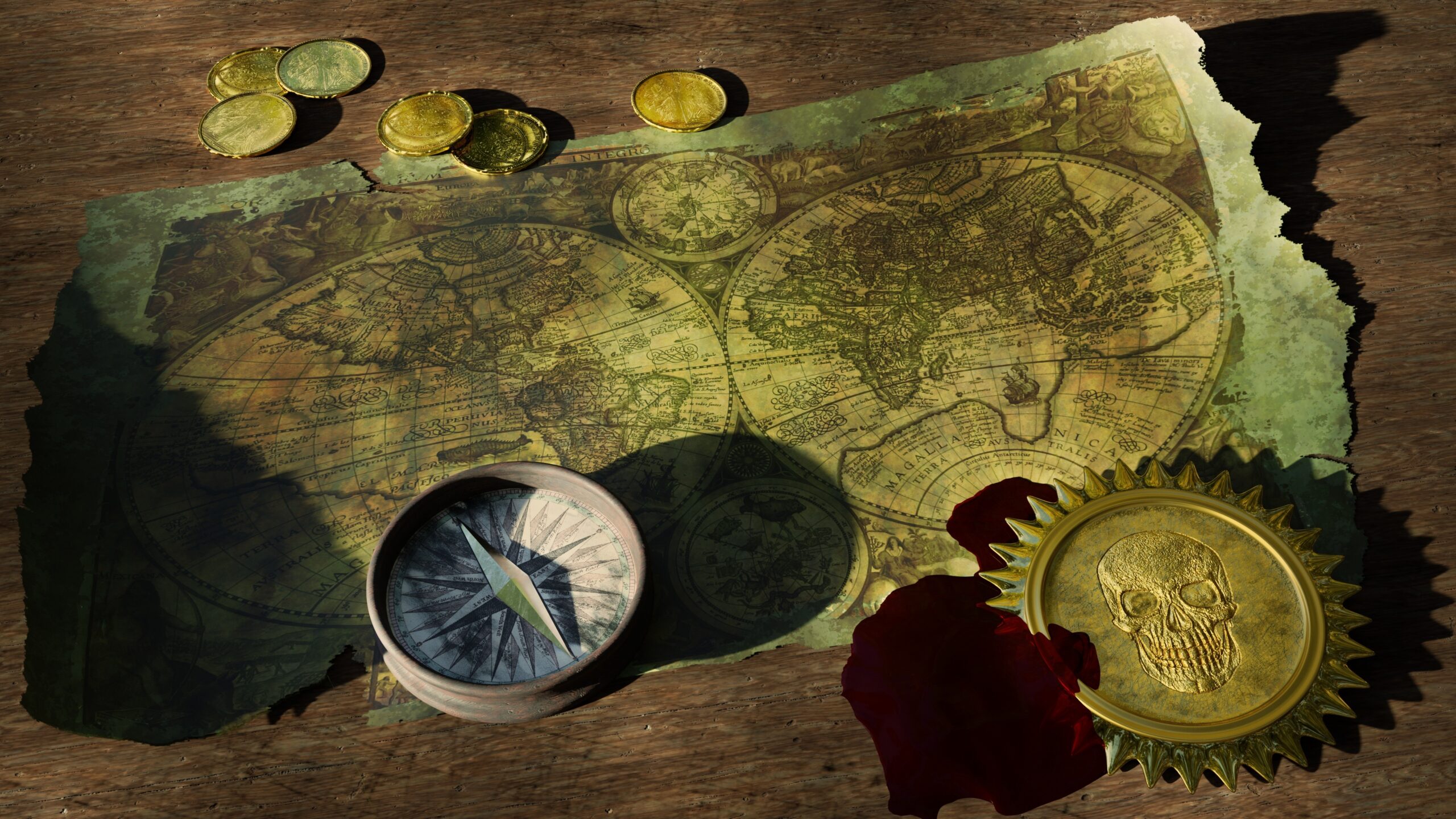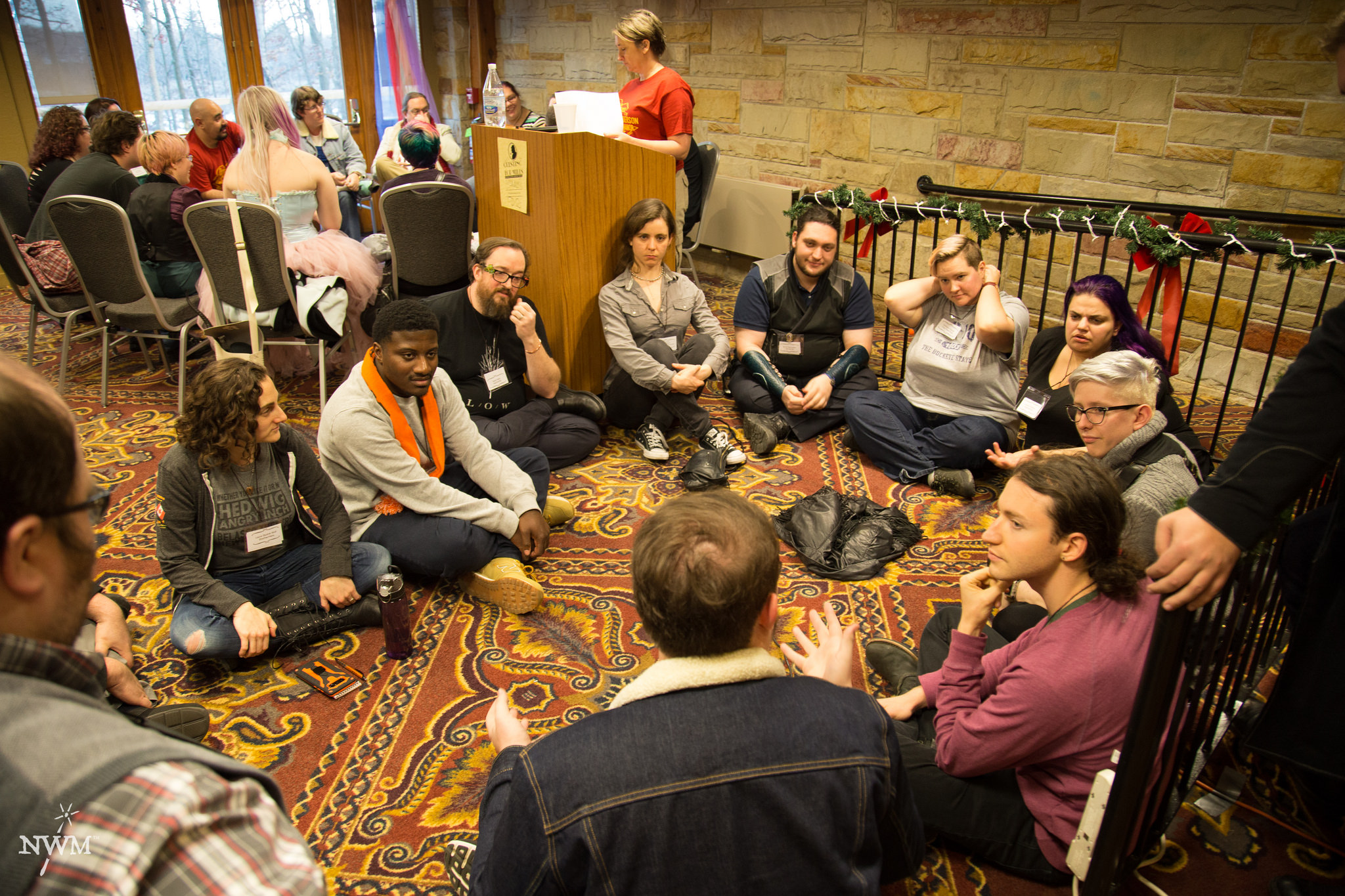Category: Diamonds
Tools, tips and tricks for larp designers and organizers. Part of a collection of articles written as companion pieces to the larp conference Knutpunkt 2018.
-

The Operations Behind the Road Trip Experience
in
In 2017 I was the business operations lead for the Roadtrip “rock band” larp that traveled across the United States, and never before have I dealt with such unique operations related complications in my life. The Roadtrip Experience was a joint project between the Imagine Nation Collective and Dziobak Larp Studios. In this pervasive larp
-

Waiting Before the Beginning
in
This article looks at the waiting time before a game or a larp. It sees this time as part of the experience, and claims, that if we design this time properly, we will help our players be in a proper state of mind before the game. The article also gives practical examples and tools on…
-

Designing the Volunteer Experience
in
When producing larps we often rely on the help of volunteers. But we are currently not actively looking at the volunteer experience from a design perspective. This article proposes several ways of looking at volunteer experiences and the way we can specifically design for those to be successful.
-

Larp as Life
in
Some hints and tips for larpers who have decided to go pro and make their living from larp.
-

Scripted Larps and a Neo-Noir Experience
in
A scripted larp is a larp structured through a pre-defined script with some theatrical appearance. It’s a kind of Play and Enjoy Watching larp. This article shows how this works, based on my personal experience as creator of Devil in our sins, a neo-Noir scripted larp.
-

The Death of Hamlet – Deconstructing the Character in Enlightenment in Blood
in
In the 2017 larp Enlightenment in Blood, we created a new form of character creation tool using a software tool called Larpweaver. It’s based on the idea the larp can provide a selection of elements for the player to choose from and compile their own character.
-

Safety and Calibration Design Tools and Their Uses
in
Safety & Calibration techniques are important design tools that help diverse players access your larp and create stories together. This article offers three Safety & Calibration Tools that have been in use since June 2016 and are now used internationally in a variety of larps & other events.